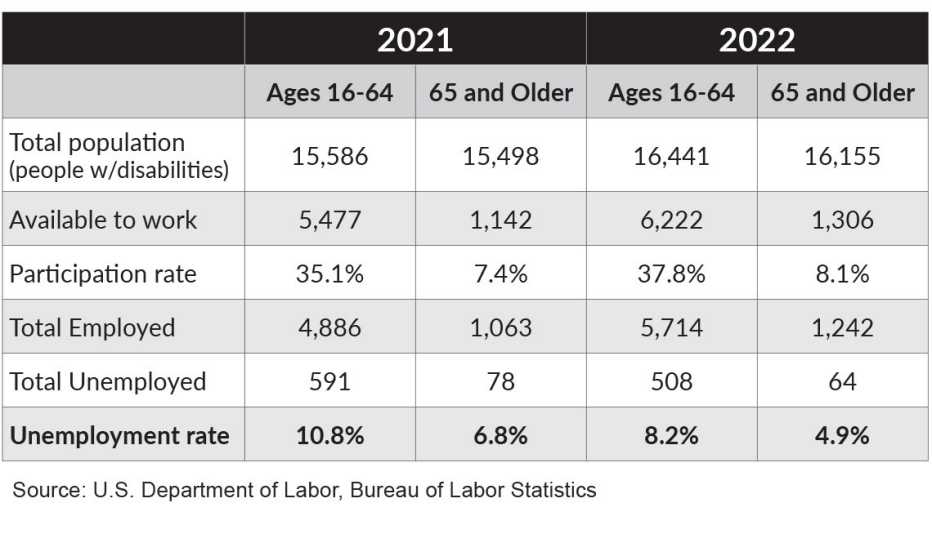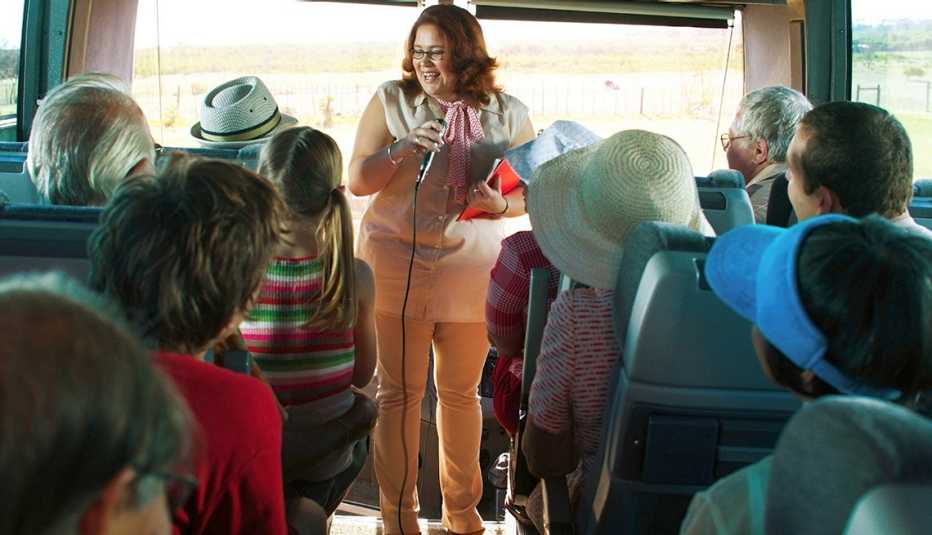AARP Hearing Center
The tight labor market appears to be opening doors for workers with disabilities, according to new data from the Bureau of Labor Statistics (BLS).
More than 3 percent of people with disabilities between the ages of 18 and 64 were employed in 2022, the BLS says. That is the highest rate since the U.S. began tracking this statistic in 2007, and is up from 31 percent pre-pandemic.
Current hiring demand among employers has meant that businesses are more willing to consider a more diverse group of candidates. This, combined with the rise of flexible job arrangements during the pandemic, is why some people are finding job opportunities that may not have been accessible to them before.
“This welcome development represents a greater opportunity for individuals who typically have faced employment and retention barriers. Improving job access for people with disabilities remains an important and incomplete task,” says a report from the Economic Innovation Group.
Unemployment rate dropped for workers with disabilities in 2022
Numbers are in thousands, except for participation rate and unemployment rate.


Workers with disabilities tend to be older
According to the BLS data, there were more than 32.6 million people with disabilities in the United States overall in 2022. Nearly half of that total — 16 million people — were 65 and older. Among those ages 55 to 64, more than 6.2 million people had disabilities. In the 45 to 54 age group, there were more than 3.3 million people with disabilities. There were only 6.7 million people with disabilities in the 16 to 44 age group.
Because many workers with disabilities are also older adults, they can encounter discrimination based on both age and ability in the workplace. Federal law prohibits both types of discrimination and requires employers to make reasonable accommodations for disabilities. But bias still can prevent job seekers from getting hired. One pre-pandemic study found that when workers with disabilities disclosed their conditions on job applications, they were 26 percent less likely to hear back from employers.


































































